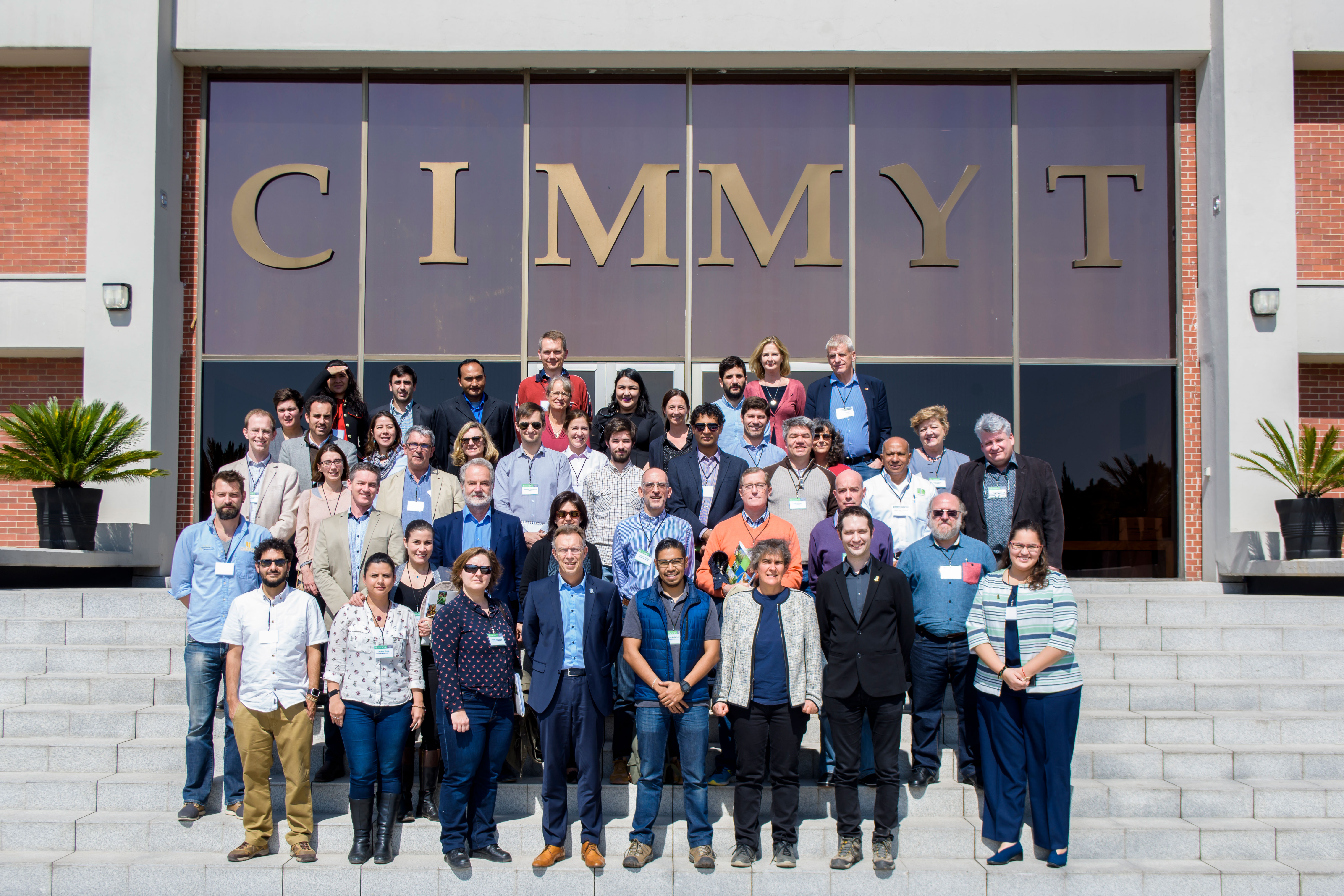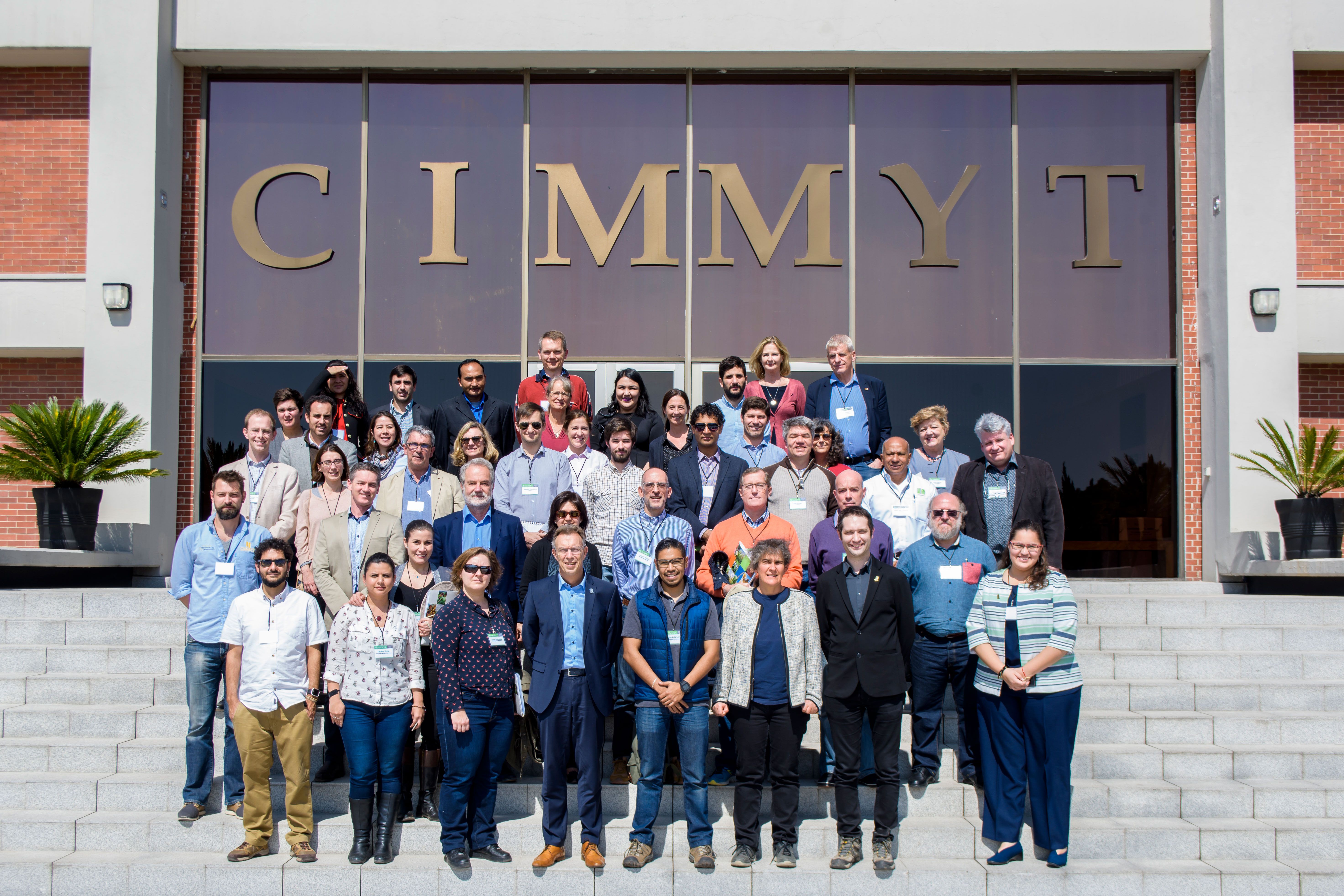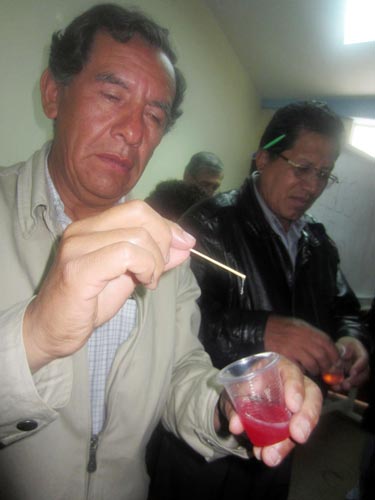Agricultural attachés visit CIMMYT

Agricultural attachés from 10 Mexican embassies visited the headquarters of the International Maize and Wheat Improvement Center (CIMMYT) on February 15. Countries represented included, Australia, Belgium, France, Germany, Hungary, Israel, Kazakhstan, Spain, the Netherlands and New Zealand.
Annie Tremblay, who was representing the Netherlands, gave a presentation on agriculture in the Netherlands. She emphasized the most commonly traded commodities between the Netherlands and Mexico and said she sees Mexico as a “sleeping giant” in the flower-trading world.
Following Tremblay’s presentation, Martin Kropff talked about how CIMMYT works globally to improve livelihoods. As Kropff explained CIMMYT’s biofortification work, he stressed that in a perfect world people would be able to diversify their diets and get nutrients from all kinds of plants, but that many people CIMMYT serves are living on less than two dollars a day. “This is not the solution, but it is a solution.”
Bram Govaerts gave a presentation about the work Sustainable Intensification Program in Latin America (SIP-LatAm) is doing and discussed the importance of public-private partnerships to the MasAgro program. This underscored Kropff’s points about the importance of public-private partnerships to CIMMYT and the importance of corporate social responsibility.
The final presentation to the group of attachés was by Hans Braun and Carolina Saint Pierre on the Global Wheat Program. They emphasized wheat as a good source of fiber, antioxidants, micronutrients and protein. The presentation focused on global partnerships in the wheat program and meeting future production goals.
The attachés then toured the CIMMYT campus, learning about the germplasm bank and biodiversity, the global wheat and maize breeding programs and goals to improve seeds and crops. They also were introduced to CIMMYT’s work enhancing nutrition, food safety and processing quality in the seed health labs and about sustainable intensification to improve rural livelihoods.
To conclude, attachés discussed the current priorities of their embassies and potential collaborations between their embassies in Mexico and CIMMYT.

